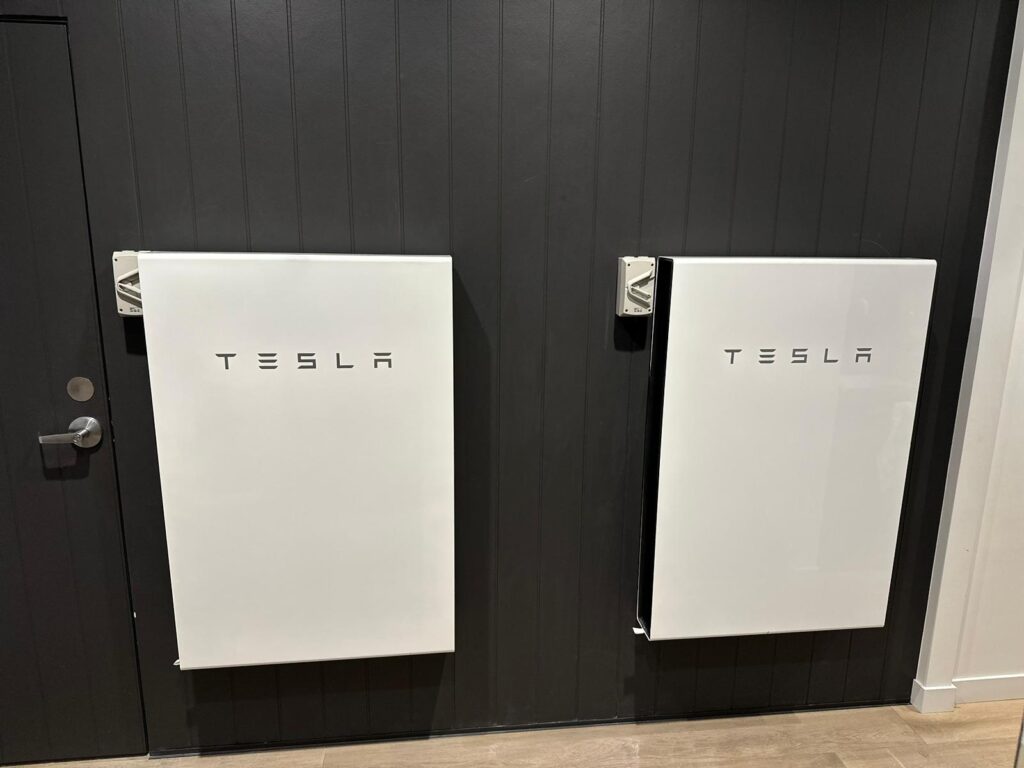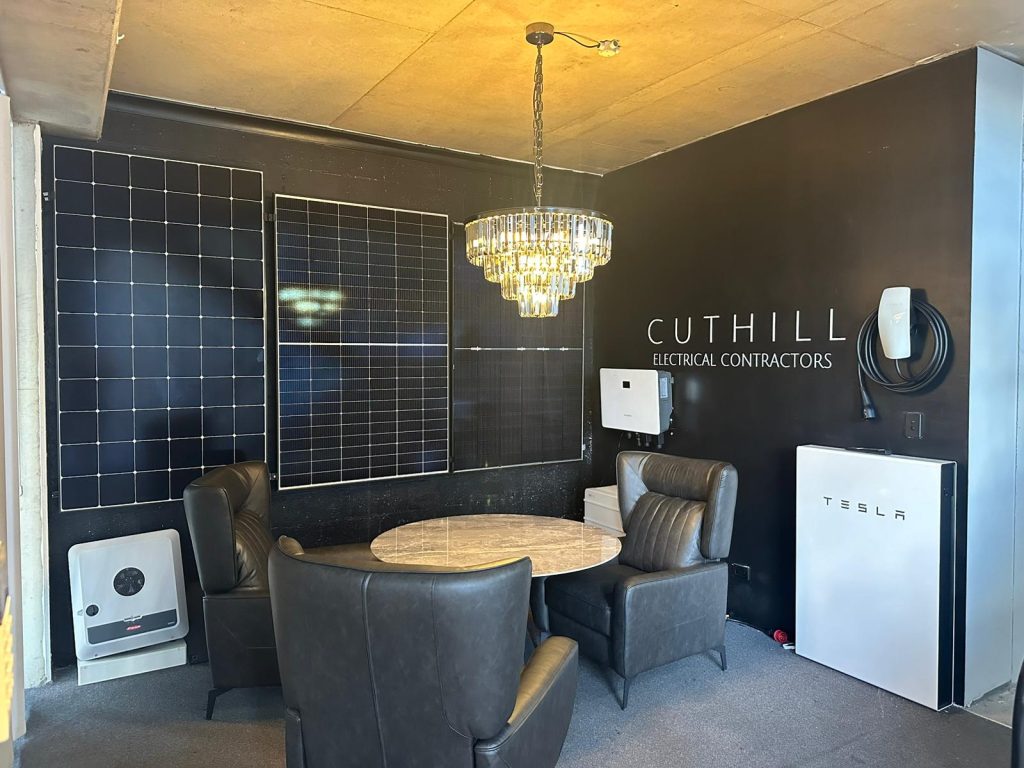Solar power is a fantastic way to reduce your reliance on the grid and shrink your carbon footprint.
However, winter’s shorter days and lower sun angle can lead to a dip in solar production, leaving you wondering how to keep your home powered through the colder months.
Here’s a comprehensive guide packed with strategies to enhance your solar production during winter and maximize the benefits of your solar panel system.
Harnessing the Winter Sun: Optimizing Panel Performance
- Seasonal Tilt Adjustment (For Adjustable Systems): Ideally, solar panels should be tilted at your location’s latitude for optimal year-round performance.
However, winter brings a lower sun trajectory. If you have a ground-mounted system with adjustable racking, consider a slightly steeper tilt during winter months.
This allows your panels to capture the lower winter sun rays more directly, potentially boosting production.
Remember, this might not be feasible for rooftop installations due to cost and structural considerations.
- Keeping Your Panels Clean: A Winter Essential:
Snow and ice buildup can significantly block sunlight, hindering your panels’ ability to generate electricity.
Regularly remove snow using soft brushes or water (avoid hot water to prevent cracks). During the winter months, be particularly vigilant about cleaning your panels after snowfalls or storms.
Dust, leaves, and other debris can also affect efficiency, so maintain a cleaning schedule throughout the year.
- Understanding Winter Sun Patterns:
Shadows cast by trees, chimneys, or neighboring buildings can significantly impact winter production.
Analyze how shadows fall on your panels throughout the day, especially during peak sunlight hours. Trimming branches or strategically placing shade-causing objects can significantly improve winter performance.
Battery Backup: Storing Sunshine for Later Use:
- Solar Battery Systems:
Winter days may be shorter, but they can still be quite sunny. Installing a solar battery allows you to store excess energy generated during these days and use it during low-production periods or evenings.
This empowers you to maximize the use of your solar energy throughout the day and night, even when the sun isn’t shining.
- Battery Capacity Considerations:
When choosing a battery system, consider your winter energy consumption and desired level of self-sufficiency.
A larger battery capacity will allow you to store more solar energy for use during extended cloudy periods or long winter nights.

Reducing Energy Demand: A Two-Pronged Approach
- Winterizing Your Home:
Drafty windows and doors can lead to significant heat loss, forcing your heating system to work harder.
This increases your reliance on grid-supplied electricity. By sealing air leaks and cracks, you’ll improve your home’s energy efficiency.
This not only reduces your overall energy consumption but also allows your solar panels to meet a smaller energy deficit, maximizing their effectiveness during winter.
- Smart Appliance Usage:
Shift your high-energy appliance usage to daylight hours when solar production is highest. Run dishwashers, washing machines, and even charge electronics during these peak sunlight periods.
Consider scheduling laundry loads or dishwasher cycles for sunny afternoons. This simple adjustment minimizes your reliance on grid-supplied electricity and maximizes the use of your solar-generated power.
Beyond the Basics: Advanced Strategies for Winter Solar Success
- System Monitoring and Analysis:
Most solar panel systems come equipped with monitoring tools that track your energy production. Utilize these tools to closely monitor your system’s performance during winter months.
Analyze trends and identify any potential issues that might be hindering production. This data-driven approach allows you to fine-tune your strategies and maximize solar output.
- Microinverters: Localized Power Optimization:
If your system uses a string inverter, consider the benefits of microinverters. While a string inverter converts the entire DC output of your panels into AC electricity, a microinverter converts the DC output of each individual panel. This allows for localized power optimization.
If one panel is shaded or experiencing performance issues, it won’t drag down the entire system’s production, as can happen with string inverters. This can be particularly beneficial in winter when shadows and uneven snow accumulation are more prevalent.
- Investing in Energy-Efficient Appliances:
Upgrading to energy-efficient appliances like refrigerators, TVs, and air conditioners can significantly reduce your overall energy consumption.
This not only saves you money on your electricity bills but also allows your solar panels to potentially cover a larger portion of your needs, even during winter when production is lower.
- Considering System Expansion:
If you have sufficient roof space and budget, expanding your solar panel system can compensate for the winter production dip.
However, carefully evaluate the cost-effectiveness of adding more panels.
Conclusion: Winter Doesn’t Have to Dim Your Solar Power
By implementing these strategies, you can transform winter from a period of reduced solar production into a season where you strategically utilize your system’s capabilities. From optimizing panel tilt and maintaining cleanliness to utilizing battery backup and reducing energy consumption, you can ensure your solar panels continue to be a valuable asset throughout the year.
Partnering with a Reputable Solar Contractor
Making the most of your solar investment requires not only knowledge but also skilled professionals.
Here’s where Cuthill Electrical Contractors comes in for all your solar needs.
As a leading solar energy provider in Sydney, NSW, Cuthill Electrical Contractors boasts a team of CEC-accredited installers and solar specialists.
We possess the in-house expertise to handle every aspect of your solar journey, from initial consultation and system design to installation, maintenance, and even winterization strategies.
Contact Cuthill Electrical Contractors today for a free consultation and unlock the full potential of your solar power investment, even during winter.








